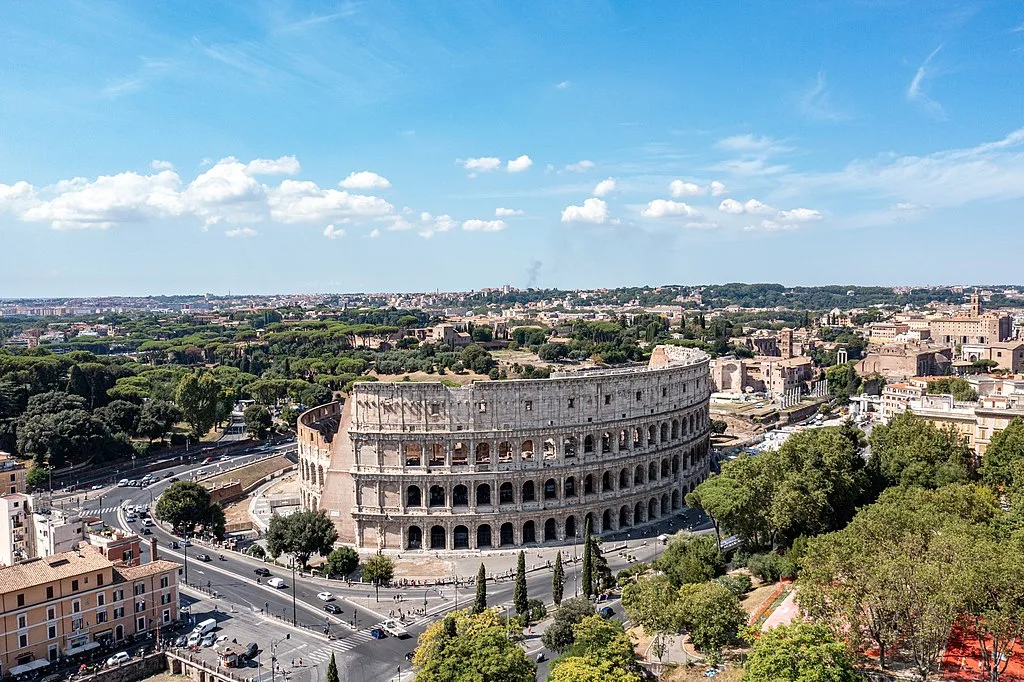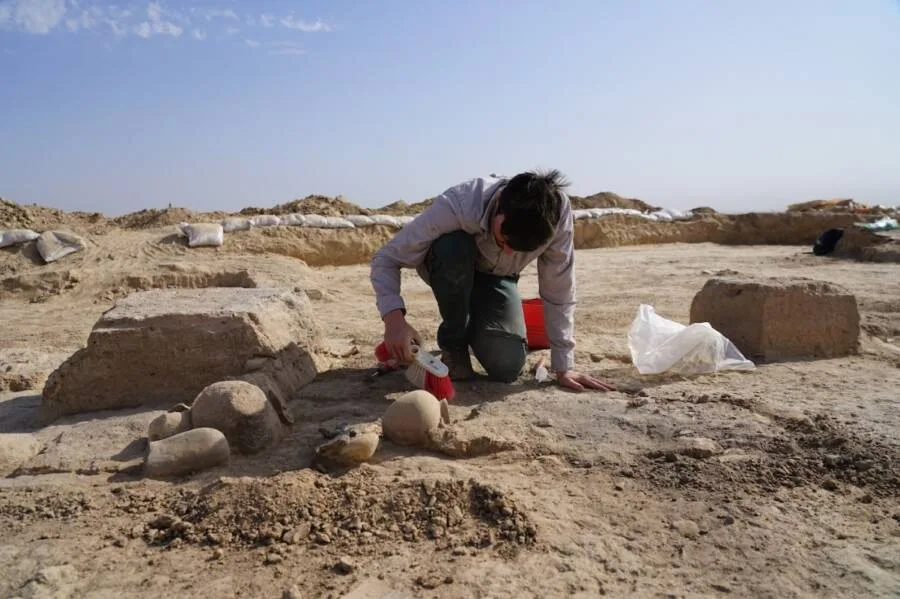The Colosseum, or Flavian Amphitheater, is one of the most iconic symbols of ancient Rome. Completed in 80 AD under Emperor Titus, this massive arena was designed to host public spectacles like gladiator battles, animal hunts, and dramatic reenactments. It was a marvel of Roman engineering, built with concrete and stone, and held up to 50,000 spectators who could enter and exit efficiently through 80 entrances.
The Colosseum wasn’t just an entertainment venue; it reflected the might of the Roman Empire. Gladiators, slaves, criminals, and exotic animals fought to the death, captivating audiences while demonstrating the empire’s wealth and power. The amphitheater featured an elaborate underground system, the hypogeum, where gladiators and animals awaited their turn to enter the arena.
Despite enduring multiple earthquakes, fires, and the pillaging of its stones for other buildings over the centuries, the Colosseum remains an architectural wonder. Its outer walls, arches, and columns showcase the ingenuity of Roman builders, with a design that influenced many modern stadiums.
Today, the Colosseum stands as a UNESCO World Heritage Site and one of the most visited tourist attractions in the world. While no longer a stage for deadly battles, it continues to evoke the grandeur, brutality, and history of ancient Rome, reminding visitors of the empire’s immense power and cultural influence. It’s more than just a relic; it’s a symbol of Rome’s eternal spirit, attracting millions of visitors eager to walk in the footsteps of ancient gladiators and witness this extraordinary piece of human history.




